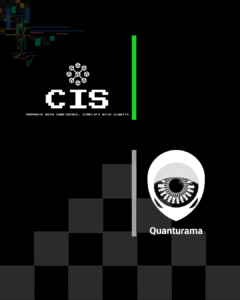Germany Blockchain Week 2025

Berlin didn’t just host a conference. It tuned the frequency of a decentralized future—and broadcast it through layered systems, subtextual rituals, and ambient collaboration.
From June 12–19, Germany Blockchain & AI Week 2025 unfolded as a living diagram. It wasn’t a schedule—it was a signal constellation. Europe and Asia, regulators and rebels, architects and storytellers—each participant stitched their note into a composition of orchestrated intent. This wasn’t noise. It was Orchestration 3.0.
Blueprints of the Week
The BEAM Agenda wasn’t a linear schedule—it was a system of nested intentionalities. Each node activated a different layer of the decentralized psyche, from economic mythmaking to semantic design. What emerged wasn’t a sequence—it was an architecture of vibration, echoing across the blockchain and AI convergence.
- Smart Futures UNDP x Cardano explored blockchain’s role in global equity;
SmartFutures brought thought leaders, innovators, and changemakers for a two-day hybrid event in Berlin, where technology, collaboration, and sustainability converge. With participants from the UNDP BOOST and UNDP Cities Network, the Cardano ecosystem, and a range of industry experts, this event was literally designed to inspire and equip attendees to drive impactful change in urban and industrial systems.
- Protocol Berg v2 Protocol Berg v2 was a conference focusing on protocol research, decentralized infrastructure, and core-developer experience, decoded infrastructure as culture.
These weren’t panels. They were blueprints for how we build trust in decentralized space, and some panels we took place in and here is some;
Bitcoin: The Mother Signal
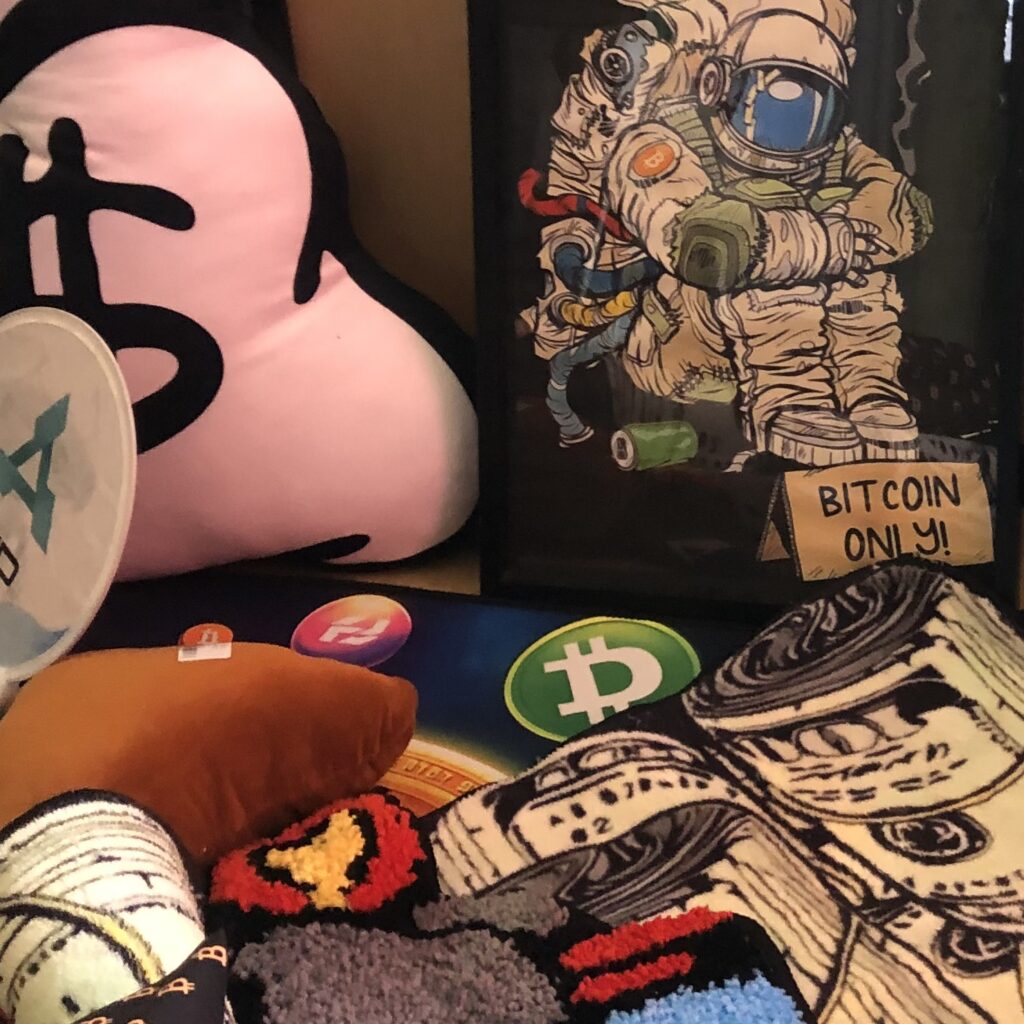
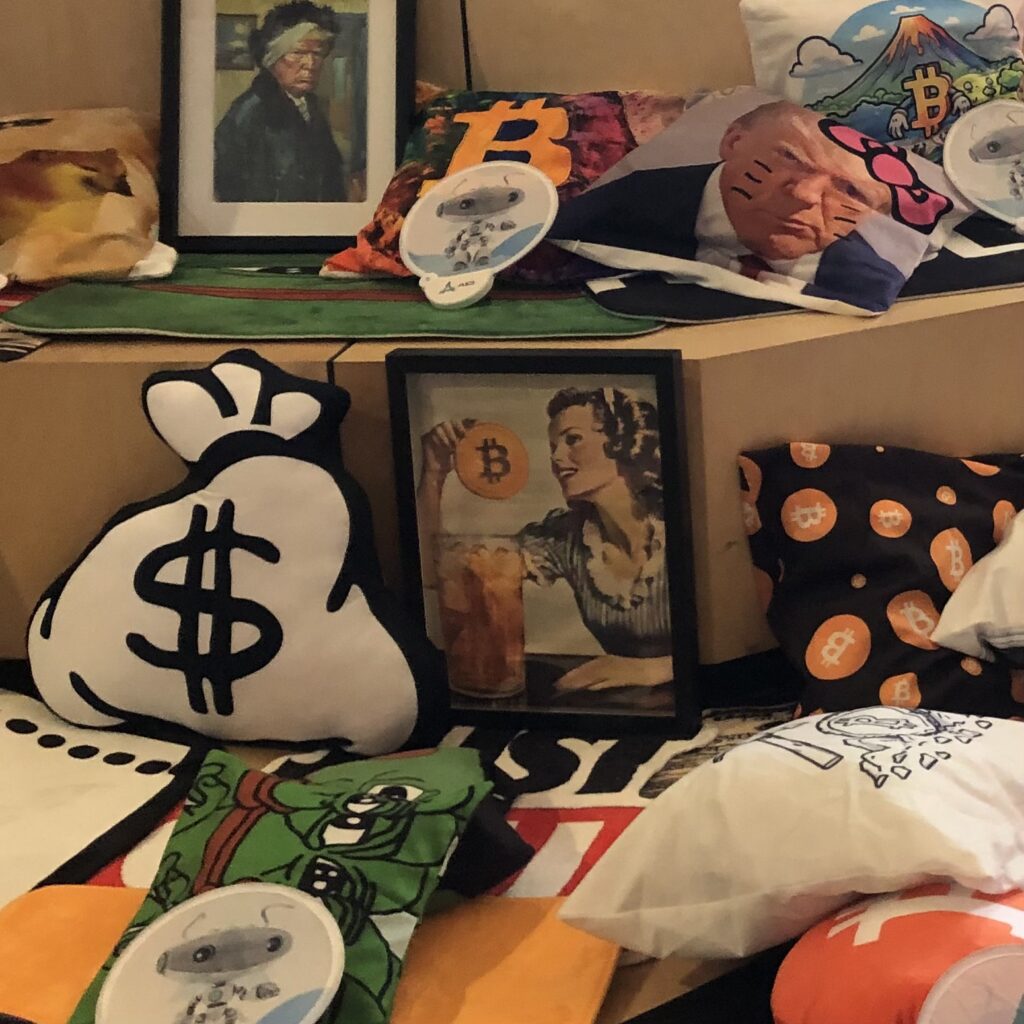
Bitcoin (BTC) continues to play a pivotal role in the financial industry in 2025, both as a technological foundation and a strategic asset.
Why Bitcoin Is Important to the Industry
- Decentralized Infrastructure: Bitcoin laid the groundwork for blockchain-based systems, enabling trustless transactions and inspiring innovations across DeFi, NFTs, and Web3.
- Institutional Integration: Major corporations and governments now hold Bitcoin in their treasuries, treating it as a strategic reserve asset. Spot Bitcoin ETFs have attracted billions in inflows, signaling mainstream acceptance1.
- Regulatory Milestones: Pro-crypto legislation in the U.S. and other regions has clarified Bitcoin’s status as a commodity, reducing legal uncertainty and encouraging broader adoption.
- Global Financial Inclusion: Bitcoin’s borderless nature allows access to financial tools in regions with unstable banking systems or limited infrastructure.
Bitcoin as a Safe Haven in 2025
- Digital Gold Status: Amid rising inflation, trade tensions, and fiat instability, Bitcoin is increasingly viewed as a hedge—similar to gold but with greater mobility and fixed supply4.
- Scarcity & Sovereignty: With only 21 million coins ever to exist, Bitcoin offers protection against currency debasement and central bank overreach5.
- Crisis Response: During geopolitical shocks and tariff uncertainty, Bitcoin has surged past $120,000, outperforming traditional assets and attracting capital as a refuge from volatility.
- Institutional Confidence: Companies like BlackRock and Strategy Inc. have made significant BTC purchases, reinforcing its role as a long-term store of value.
In short, Bitcoin in 2025 is no longer just a speculative asset—it’s a structural pillar of modern finance and a digital sanctuary in times of economic turbulence
WEB 3.0 Marketing Panel
The Web 3.0 Marketing panel at Germany Blockchain Week 2025 wasn’t about selling—it was about reframing engagement in a decentralized world. Panelists explored how marketing is evolving from centralized campaigns to community-driven ecosystems, where users aren’t just consumers—they’re co-creators.
Key themes included:
- Decentralized storytelling: Brands now build narratives through DAOs, NFTs, and tokenized media, shifting from top-down messaging to participatory myth-making.
- AI-powered personalization: Machine learning enables hyper-targeted content without compromising user privacy—thanks to zero-knowledge proofs and encrypted data layers.
- Tokenomics as loyalty architecture: Instead of points and perks, marketers use tokens to reward contribution, attention, and advocacy across platforms.
- Trust through transparency: Blockchain-backed campaigns offer verifiable metrics, reducing ad fraud and boosting credibility.
The panel emphasized that in Web 3.0, marketing isn’t just about visibility—it’s about designing resonance. Brands must now earn attention by aligning with values, not algorithms.
Tokenized It… Everything as an Asset
This panel wasn’t just about turning things into tokens—it was about redefining what deserves to be counted. The conversation moved beyond hype and into structural inquiry: What happens when everything becomes an asset? And what should remain un-tokenized?
Panelists from Realiz.io
and other pioneers in structured finance explored how tokenization is reshaping access, ownership, and liquidity across industries:
Real-world asset (RWA) tokenization is no longer theoretical. Real estate, art, carbon credits, and even intellectual property are being fractionalized and streamed into digital exchanges.
Securitization meets decentralization: Platforms now allow wealth managers and high-net-worth individuals to access tokenized portfolios with programmable compliance and transparent audit trails.
Liquidity as design logic: Tokenization isn’t just about access—it’s about velocity. Assets that were once static (like buildings or patents) now move through ecosystems with composable logic and smart contract rails.
But the panel also raised cautionary signals:
Over-tokenization risks noise: Not everything benefits from being ledgered. The panel emphasized the need for intentional architecture, where tokenization serves purpose—not just novelty.
Ethics of abstraction: When value is reduced to a token, what gets lost? Cultural nuance, emotional ownership, and relational depth were flagged as potential casualties.
Ultimately, the “Tokenize It” panel asked us to rethink tokenization not as a trend—but as a design choice. One that must balance liquidity with meaning, and access with integrity and modules can be converted under tokenized assets.
Satoshi Forum

The Satoshi Forum wasn’t a panel—it was a temporal enclave, a sovereign node in Berlin’s decentralized topology. Held at the Spielfeld Digital Hub on June 14, it gathered Bitcoin maximalists, protocol theorists, and economic dissidents for an evening of immersive dialogue, cinematic ritual, and cryptographic communion2.
This wasn’t corporate orchestration. It was peer-layer resonance—where regulatory ghosts and cypherpunk futures debated the emergence of “third languages”: grammars that live between law, code, and culture.
Key elements of the forum included:
- Keynotes & Expert Talks: Bitcoin thinkers unpacked the protocol’s philosophical roots, its role in financial sovereignty, and its long-term implications for global coordination3.
- “Take the Orange Pill” Premiere: A cinematic dive into Bitcoin’s origin myth, legacy, and emotional architecture—framing decentralization as a lived experience, not just a technical abstraction.
- Idea Collisions Over Consensus: Fluid formats replaced rigid agendas. Conversations unfolded like cryptographic handshakes—trust wasn’t claimed, it was performed.
- Legacy Drinks & Networking: The social layer pulsed with ambient clarity. Every exchange felt like a node syncing—not just with data, but with intent.
The forum introduced a new benchmark for blockchain dialogue:
- Signal density over signal volume
- Ritual over routine
- Presence over performance
It wasn’t just about Bitcoin. It was about protocol as persona—how decentralized systems can embody sovereignty, rhythm, and emotional coherencevalidating participants not through credentials but through clarity.
Spati x Polkadot Side Event
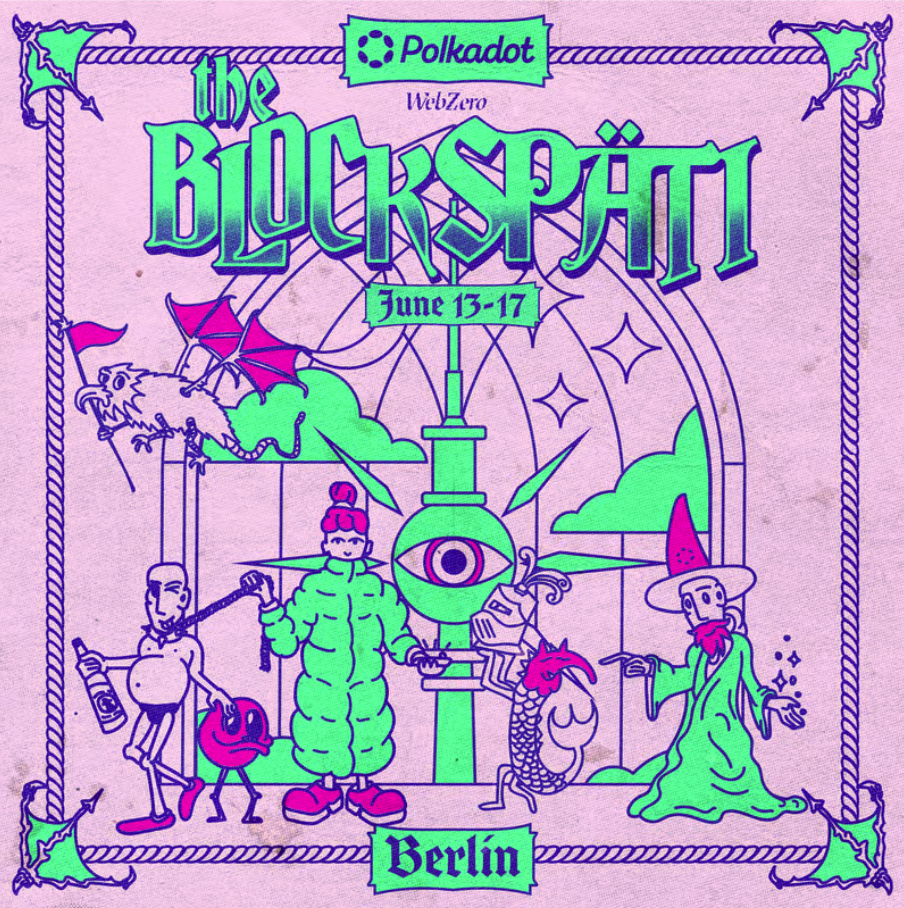
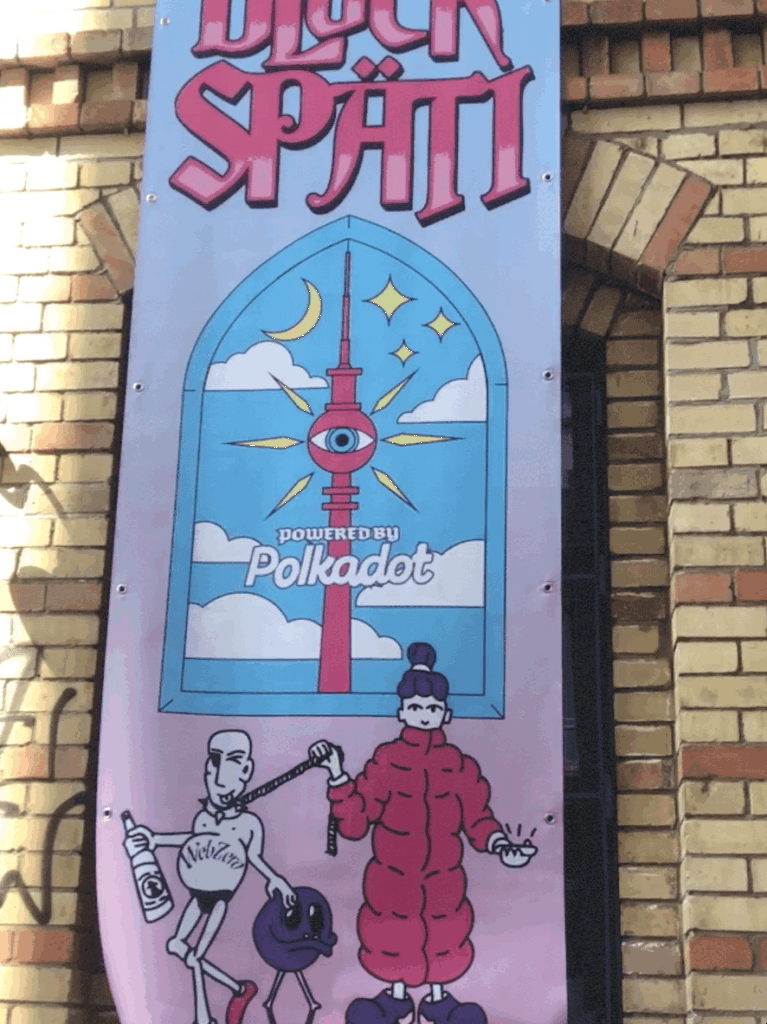
This wasn’t just a side event—it was topological remixing. With Spati’s modular data ecosystems meeting Polkadot’s multichain infrastructure, they embodied design as interoperability. The signal here? A future where modularity isn’t fragmentation, but composability with soul.
The Spati x Polkadot showcase pulsed with a layered choreography of utility, identity, and rhythm—transforming developer discourse into a full-spectrum, branded ritual.
Polkadot is a next-generation blockchain protocol designed to solve one of the biggest challenges in Web3: interoperability. Instead of being a single blockchain, Polkadot is more like a network of blockchains, enabling different chains to communicate, share data, and operate together securely.
In 2025, Polkadot is powering a growing number of Web3 applications—from DeFi and NFTs to decentralized identity and data marketplaces. Its Agile Coretime update allows projects to lease blockspace more flexibly, making it easier for startups and DAOs to launch without heavy upfront costs.
Polkadot isn’t just a blockchain—it’s a protocol for protocols, designed to scale the decentralized web with composability, sovereignty, and rhythm.
Berlin as a Signal Hub
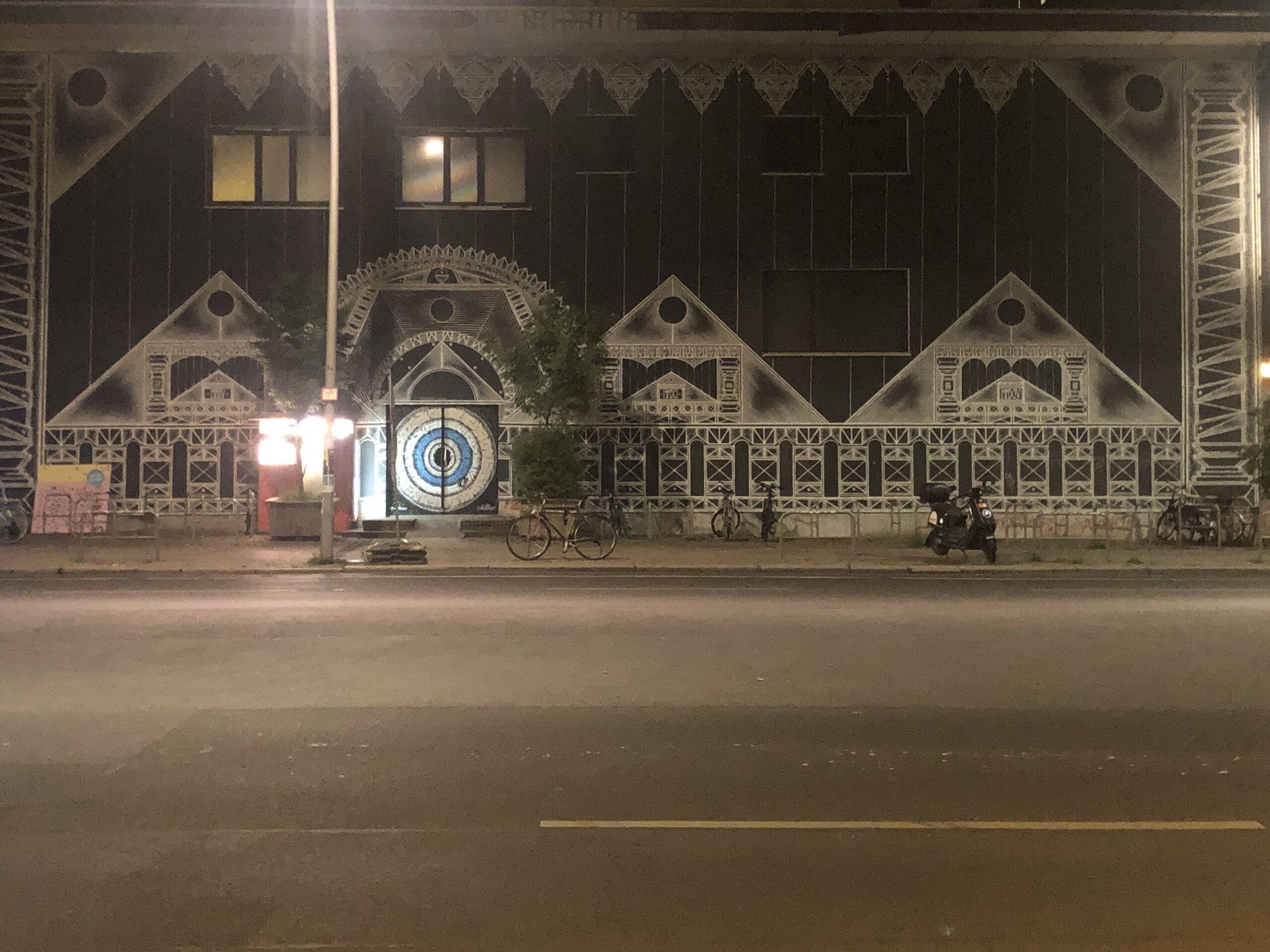
Berlin didn’t just host—it shaped the rhythm. The city became part of the system, turning space into signal and vibe into infrastructure, harmonizing decentralized discourse with its own legacy of counterculture, computation, and code-as-rebellion.
Berlin’s crypto-native culture made it more than a venue—it became protocol soil. The layers of underground clarity—think squatted art collectives, modular creative labs, and activist codebases—mirrored the values of blockchain: openness, sovereignty, and permissionless experimentation.
Onchain Culture Summit & Decentralized Media Summit
These side events were the liminal spaces—boundary-blurring rituals that redefined how we think about Berlin Blockchain Week (BBW) isn’t owned. It’s orchestrated by absence—a decentralized, community-led initiative born in 2018 and still pulsing with agnostic clarity. No central organizer, no gatekeeper—just a shared premise: self-organization is the backbone of the ecosystem. Events must be local, physical, and signal-driven. No online noise. No empty hype.
This year, Berlin didn’t just host blockchain—it encoded it. The city became a living protocol, where architecture, resistance, and recursion converged. Its streets, venues, and rooftops pulsed with the same rhythm as the systems we’re building: raw, recursive, and defiantly unpolished.
At the Onchain Culture Summit, protocol met poetry. Artists, DAO builders, and curators gathered to ask: Can culture be forked? They explored:
- Curation as governance
- NFTs as archival autonomy
- Digital humans as participatory artifacts
Participatory Artifacts such as avatars, AI-generated personas, or synthetic influencers—are not just passive media objects, but active components in cultural and social systems).
It wasn’t a summit. It was a cultural remix engine—where identity became modular and expression became protocol.
Meanwhile, the Decentralized Media Summit pulled journalism from its corporate custody. Held across Publix and w3.hub, it featured:
- Peer-to-peer publishing demos
- Tokenized content frameworks
- Trustless editorial logic
Here, the journalist wasn’t a byline—they were a node of narrative accountability. Media wasn’t distributed—it was composed.
Together, these summits reimagined persona as protocol—suggesting that identity isn’t a static profile, but a fluid layer in participatory systems. Berlin didn’t just accommodate blockchain. It became it.
What Quanturama Saw
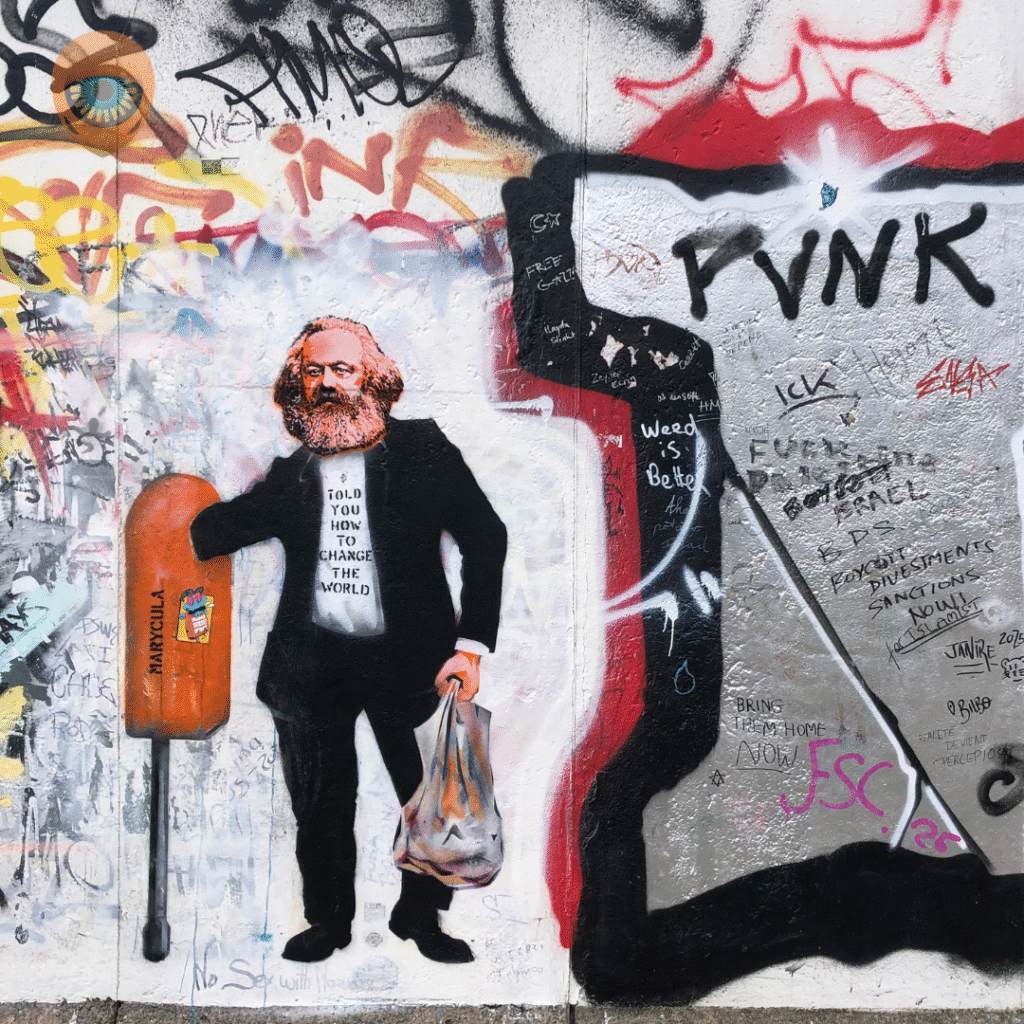
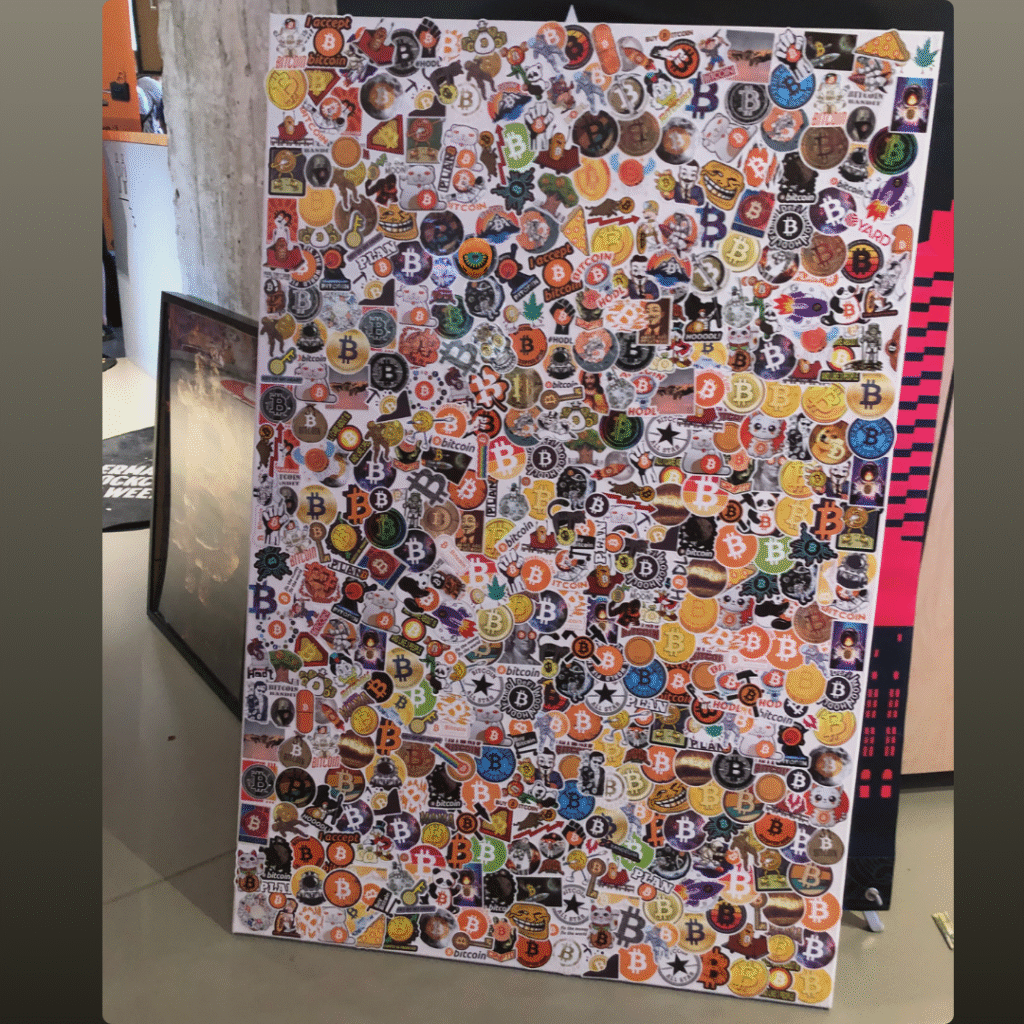
I observed three quiet signals:
- Interoperability is emotional The best bridges weren’t technical—they were cultural.
- Design is diplomacy Interfaces that respect boundaries build better ecosystems.
- Decentralization needs rhythm Without cadence, even freedom feels chaotic.
These signals were subtle but foundational—informing the principles by which decentralized systems are designed to be intuitive, resilient, and user-centric.
What Comes Next
Quanturama will continue to observe and document these emerging dynamics—converting system-level tension into actionable design insights, and translating architectural complexity into human-centered frameworks. Germany Blockchain Week functioned not as a conclusion, but as a strategic moment for assessing the trajectory of decentralized innovation.

